The superhero-like glove that just might save the elbow
TAMPA, Fla. - The device looks like something you'd wear as part of a Wolverine costume for Halloween.
I slipped on the FlexPro Grip, which enveloped my right hand. A black box sits on the back, with five rods extending outward, complemented by adjustable straps to secure it to a pitcher's hand and wrist, along with grips for each finger.
I visited a new Driveline Baseball training facility in March to learn about this new technology in a place that experiments with everything. Phillies minor-league pitcher Josh Hejka was my guide.
Inside this high-tech warehouse, Hejka instructed me to place each finger into separate compartments within the device. These compartments can adjust to isolate various segments and joints of the fingers: the tips, mid-finger, and proximal joints. Each grip slot is connected to the Wolverine-like rods, which are tied to sensors in the device.
Few possess the skills to pitch in professional baseball while working as a part-time researcher at Driveline, but the 28-year-old Hejka is one of them. He graduated with a degree in computer science from Johns Hopkins University, compiling skills that allow him to answer his pitching-related questions through data collection and coding.
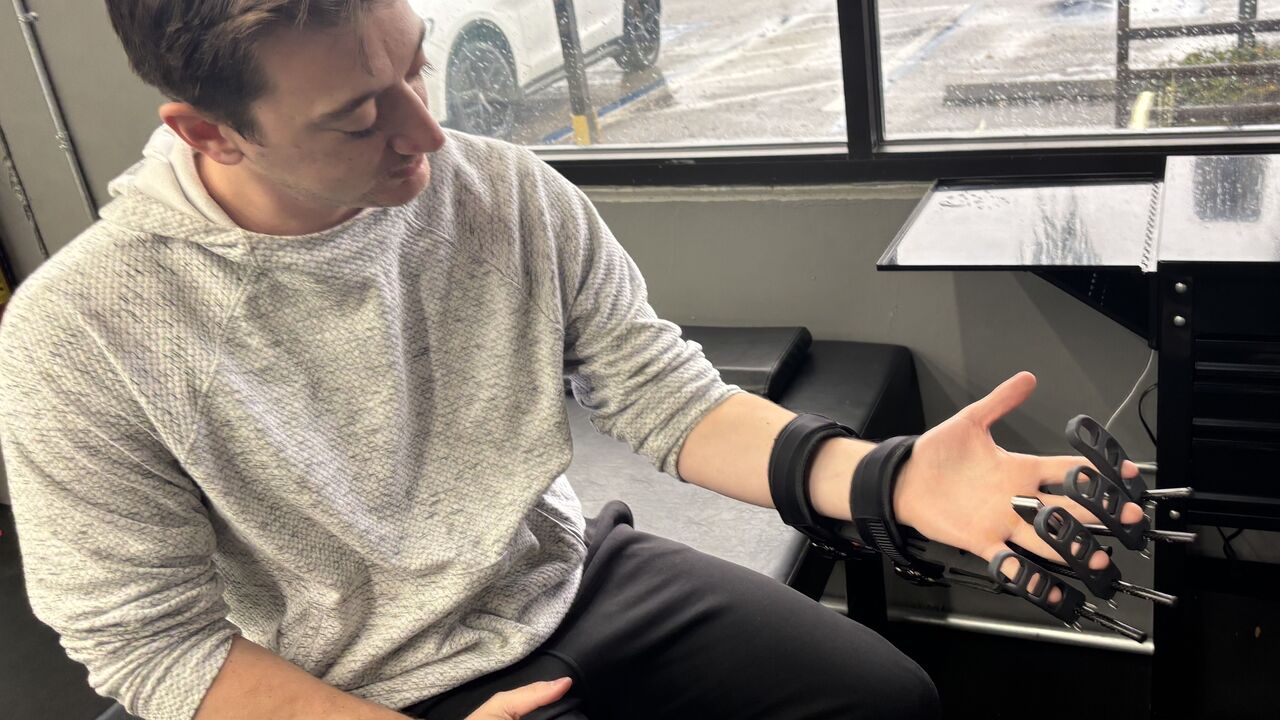
Hejka is interested in helping tame the sport's injury scourge, a quest that will continue whether he makes it to the majors as a submarine-style pitcher or not. He believes the device fixed to my right hand might be part of the solution.
Hejka was introduced to the new technology while rehabbing at Driveline after Tommy John surgery in 2023.
There remains something of a defeatist attitude around injury prevention. Many accept today's high rate of pitching injuries as inevitable, a natural consequence of the stress placed on arms. But Hejka believes the industry lacks understanding - and hasn't done nearly enough exploration or innovation - to be so certain.
He doesn't even believe the industry is looking in the right place.
"There's not enough of a discussion of what is actually happening in the arm," Hejka said, "and what can be done."
I hear this sentiment more often, most recently from the Pirates' Paul Skenes and Atlanta's Spencer Strider. A growing number of pitchers are no longer satisfied with the old beliefs and want to find new solutions to why arms break down.
To understand the FlexPro Grip's aim, Hejka explained how the tendons of fingers connect to the forearm muscles. We're testing the mid-finger since it's "more specific to stabilizing the (elbow) joint," he said.
Similarly, strengthening the fingertips has the potential to increase spin rate, Hejka added.
He monitored the screen of his smartphone. When the app synced to the device around my hand, he instructed me to squeeze.
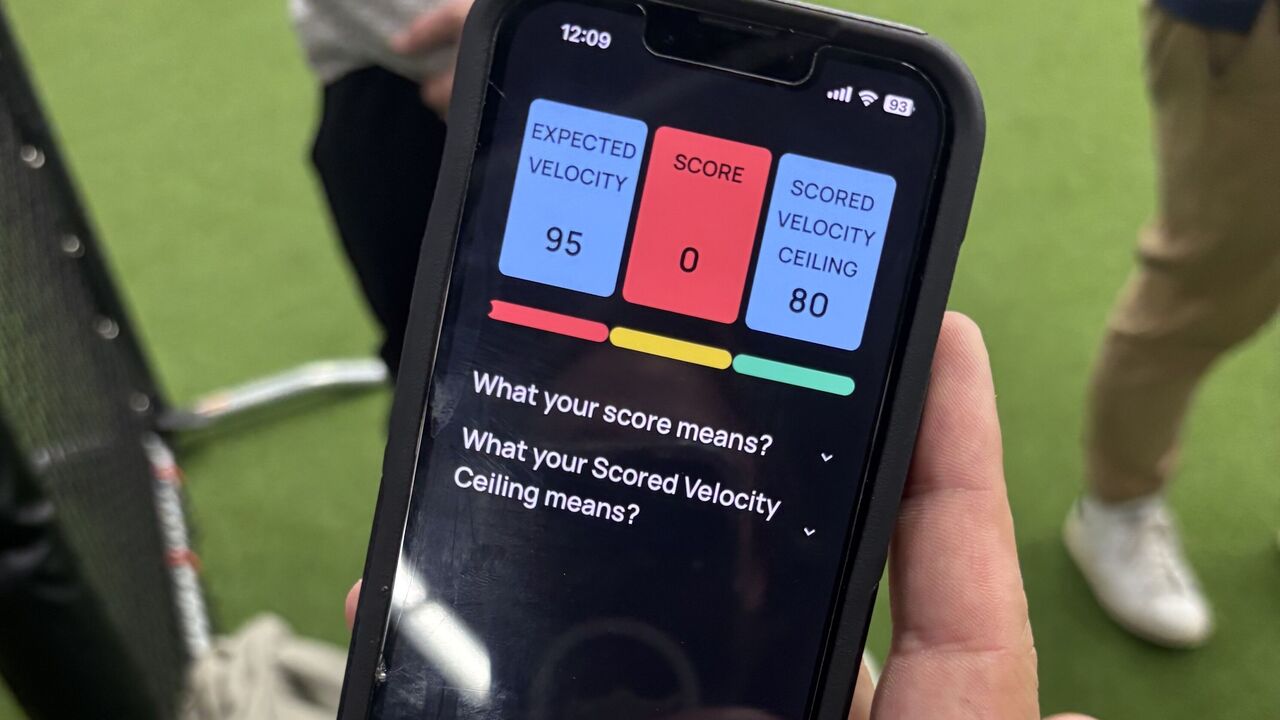
The FlexPro Grip supports different training regimes: some focused on speed, some on endurance. This was a max-effort test: How hard could I squeeze?
I immediately learned how difficult it was to gauge the amount of flexion force I was generating - the force needed by muscles to contract a joint. It felt like trying to squeeze against a hydraulic press.
"You can tell other training doesn't hit these muscles because you do it once, and you're like ... " Hejka said.
Driveline pitching coordinator Matthew Kress said of his first experience: "I felt a burning sensation, 'Holy ... .' It's a muscle (contraction) you have never felt before."
Hejka looked at my numbers on his phone. "He's pulling more than me," Hejka said. "He got like 170 in his mid-finger."
"A rock climber," an actual athlete nearby joked.
What did the FlexPro score mean? "You are prepared to throw 80 (mph)," Hejka said.
My grip strength pleasantly surprised me, especially since my top-recorded fastball was a meager 62 mph.
"Maybe the calibration was off," I suggested.
"Too humble," Hejka said.
The app estimates a safe velocity range for pitchers using its scoring system based on the player's grip strength. Data collected by the FlexPro team has found that a 90th-percentile grip should result in a 90th-percentile fastball velocity. If grip strength is below throwing velocity, say 50th-percentile grip strength and 90th-percentile velocity, that suggests a pitcher is at risk for injury.
The device is telling me that I should be safe to unleash a max-effort throw.
One way of attacking a problem is to consider what cannot change.
What are the limits of physics and human biology?
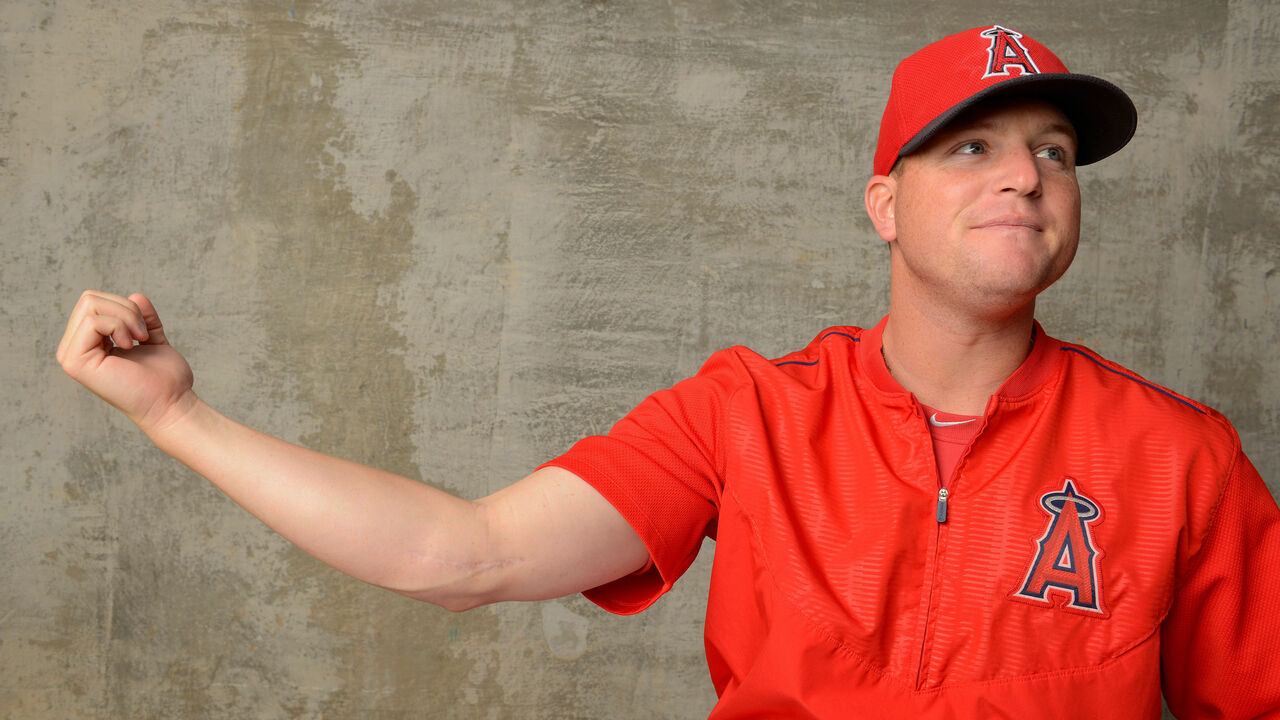
In the case of the sport's Tommy John epidemic, there's nothing that can be done to strengthen the ulnar collateral ligament.
The tiny triangular band of tissue measures about 25 mm in length and 5 mm in width, yet it plays a key role in stabilizing the pitching elbow.
The UCL connects to the upper and lower bones in the arm and is consistent in size across all pitchers, regardless of their height or weight.
The issue plaguing pitchers is that the ligament can't always handle the immense stress it's subjected to.
Dr. Christopher Ahmad, a Columbia University professor and orthopedic surgeon in New York, wrote last year that the UCL can withstand a torque force of 32 Newton-meters. The problem? Pitchers routinely produce a torque exceeding 60 Newton-meters on the ligament.
Without support from the surrounding arm structures, the ligament would fail.
The UCL is considered a passive stabilizer. It provides support and fights hyperextension, but it can't change. It cannot strengthen, flex, or alter itself. It's like a door hinge.
In contrast, the UCL is assisted by what are known as dynamic stabilizers: muscles. Muscles can contract, adapt, and - a key point - strengthen.
Since the UCL can't be strengthened, the creators of FlexPro Grip, Hejka, and others at Driveline have turned their attention to what is around the ligament.
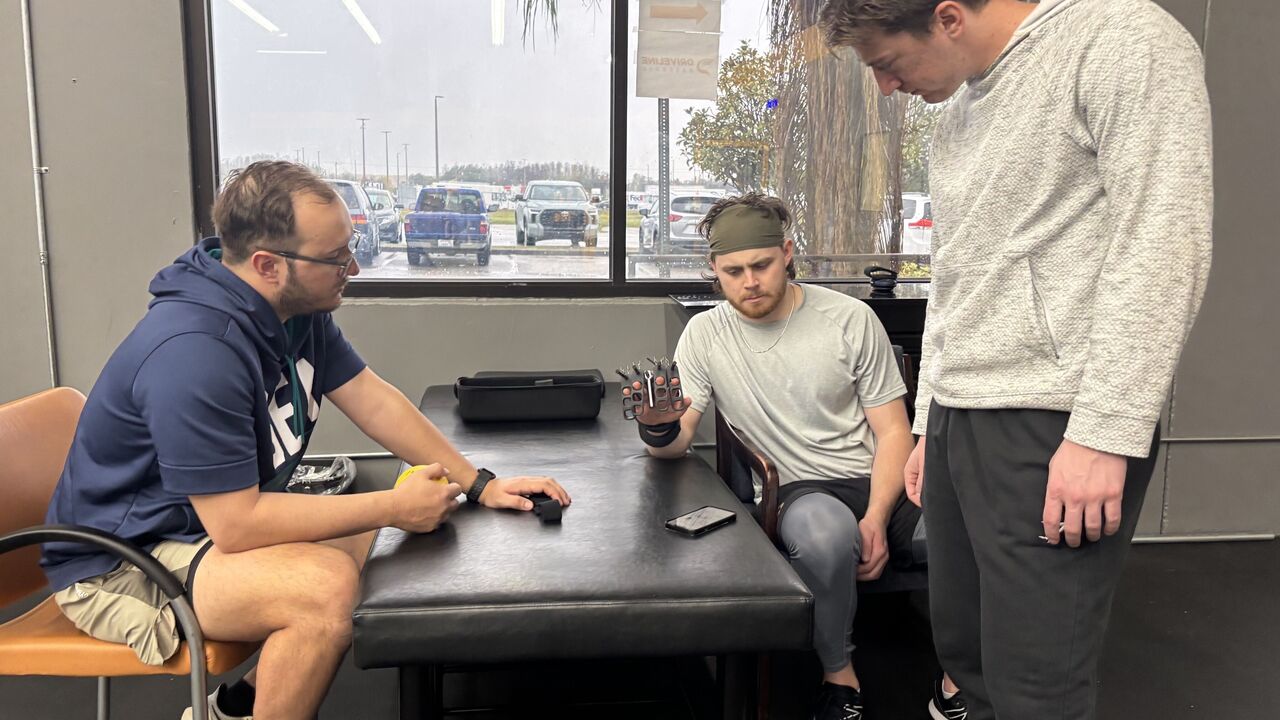
Initially, the FlexPro Grip was used as a part of Driveline's rehab protocols after surgery, but Kress wondered if it could also serve a preventative role.
Hejka and Kress are interested in a specific group of muscles and their connective tissues. The forearm contains eight flexor muscles, and the FlexPro Grip targets three of them. One muscle of particular interest is the flexor digitorum superficialis, as it's often tied to elbow injuries. This long muscle runs the length of the forearm and is connected to the index, middle, ring, and small fingers.
Grip exercises have been around for years, and Hejka had used them. But what had been missing was technology capable of isolating the flexor muscle groups, strengthening them in training, and quantifying progress.
That's where FlexPro Grip comes in, a device launched in 2021 by a New Orleans-based company co-founded by CEO Daryl Moreau.
Hejka saw the magic firsthand. "The first time I did it ever, it was around 120," Hejka said of his score. "Now, I am pulling over 210 - that's with fingertips. With my mid-finger, I have gone from 100 to 190. So, it's massive."
In its December report on pitching injuries, Major League Baseball concluded that reducing injury rates may require incentives to lower pitch velocity.
But Hejka agrees with players like Skenes and Strider: pitchers will never pursue lower skill levels just to stay healthy.
"The question should not be, 'How do we de-incentivize velocity, disincentivize performance because the individual incentives will never change," Hejka said. "It's always to my advantage to throw harder, to try and reach the major leagues. And if I get hurt after a month (in the majors), that's better than me not being good enough to even make the major leagues.
"The question should be, 'How do we incentivize proper preparation of the arm to handle stress?' We would never tell Usain Bolt, 'Hey, running that fast places a lot of stress on your hamstring.' No, we would say, 'How do we train Usain Bolt to make sure he can make his top speeds safely?' And that's where the track and field world is so far ahead of MLB."
While much research has gone into identifying the causes of injuries in baseball, far less attention has been given to rethinking how to prevent them. Kress said it was frustrating that MLB's injury study didn't mention the role of flexor muscles.
Yet, Driveline is viewed by many as playing a role in the injury scourge because of the velocity-building programs that put it on the map.
However, Kress said injury prevention is a major priority within Driveline, hence the company's efforts with Pulse, a wearable tracking device, and experimentation with products like FlexPro Grip.
"If you've read any Driveline blog, we know the harder you throw, the more stress you are going to place on your elbow," Kress said. "That's an inevitability you cannot change. It's about how you prepare yourself for that stress."
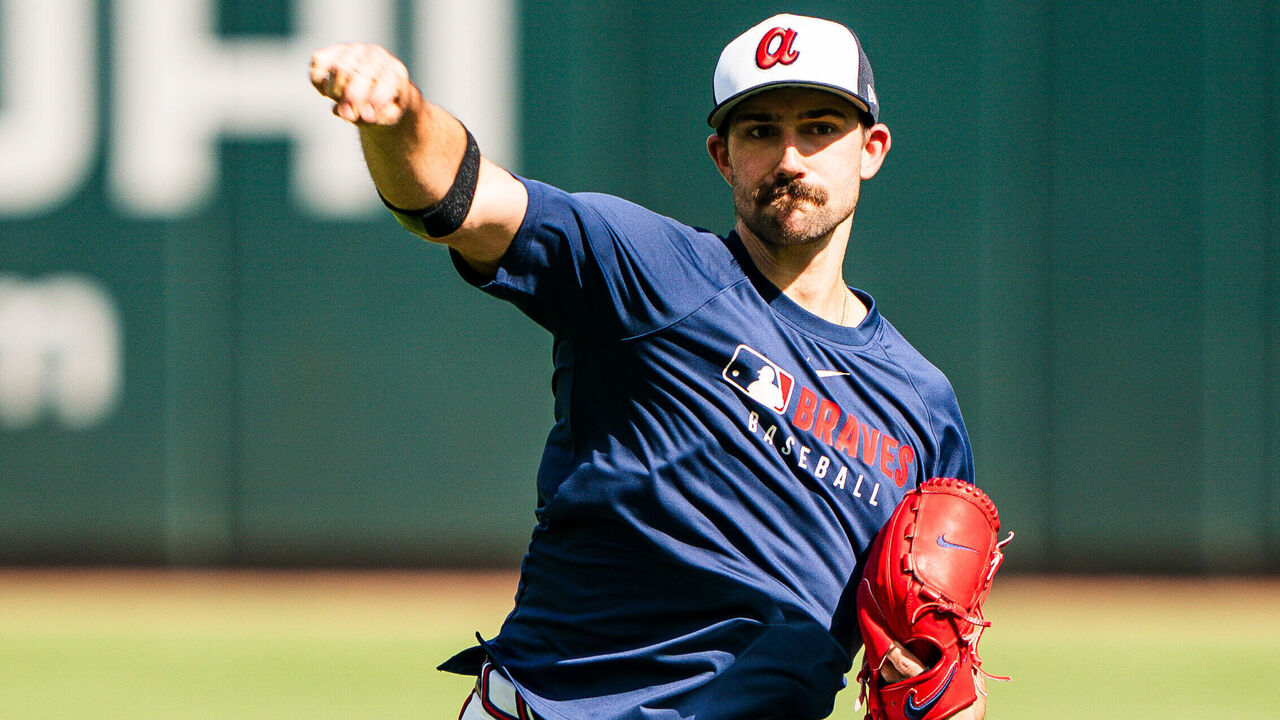
Strider is one major leaguer using Driveline's Pulse and believes that improving player health should and will be the focus of much more attention.
"I don't think it is the way it has to be, or is going to be, " Strider told theScore of today's injury rates. "I think different parts of the baseball industry have moved at different speeds and evolved at different speeds."
The Phillies have half a dozen FlexPro units at their minor-league complex in Clearwater, though there's no mandatory training regimen. The Padres have also experimented with the device.
Hejka believes there should be much more investment.
"I am not worried at all about injury," Hejka said. "Who knows? Maybe it could happen. But it's not something I can control. I can pitch with a clear mind knowing I am as prepared as I can be."
Travis Sawchik is theScore's senior baseball writer.